
Do you have a question about the Chevrolet 2011 Silverado 1500 Crew Cab and is the answer not in the manual?
| Brand | Chevrolet |
|---|---|
| Model | 2011 Silverado 1500 Crew Cab |
| Category | Automobile |
| Language | English |
Proper adjustment and importance of head restraints for occupant safety.
Instructions for adjusting manual and power seats, including lumbar support.
Proper use, importance, and questions about safety belts.
Details on airbag types, deployment, and system checks for safety.
Guidelines for older children, infants, and securing restraints in various seating positions.
Includes steering wheel adjustment, controls, horn, wipers, compass, and clock.
Explanation of various warning lights, gauges, and indicators on the instrument panel.
Details on the Driver Information Center (DIC) and its various displays and messages.
Explanation of various messages displayed on the DIC for vehicle status and actions.
Controls for headlamps, taillamps, parking lamps, and fog lamps.
Details on systems with air conditioning, heater only, and dual automatic controls.
Guidance on defensive driving, drunk driving, and vehicle control.
Instructions for new vehicle break-in, adjustable pedals, ignition positions, and starting the engine.
Information on shift positions, manual mode, and tow/haul mode.
Details on four-wheel drive systems, including manual and automatic transfer cases.
Explanation of StabiliTrak system and its operation.
Operation, setting, and usage of cruise control on various road conditions.
Information on ultrasonic parking assist and rear vision camera systems.
Details on recommended fuel types, E85, and fuel system messages.
General towing information, driving tips, trailer weights, and equipment.
Guidance for performing your own service work, including safety precautions.
Details on engine oil, checking levels, and changing oil.
Information on the system that indicates when to change engine oil and filter.
Information on the cooling system and engine overheating.
Warning indicators and procedures for engine overheating conditions.
Details on disc brakes, rear drum/disc brakes, and brake wear indicators.
Information on tire maintenance, safety, and replacement.
Importance of correct tire pressure for optimal operation and safety.
How the TPMS works to warn the driver of low tire pressure conditions.
Safe procedures for jump starting a vehicle with a dead battery.
General towing information, driving tips, trailer weights, and equipment.
Maintenance schedule and actions when the change engine oil soon message displays.
List of recommended fluids, lubricants, and replacement parts for the vehicle.
Steps for resolving concerns with dealership sales or service departments.
How to report safety defects to the U.S. and Canadian governments and General Motors.
Guidelines for collision damage repair and use of genuine GM parts.


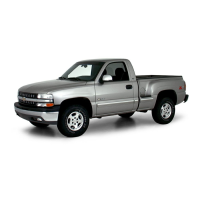
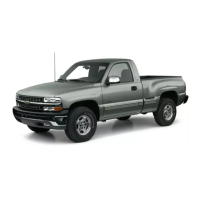
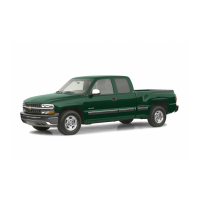
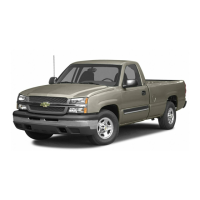
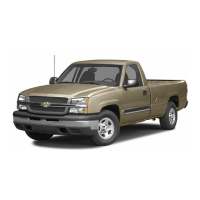

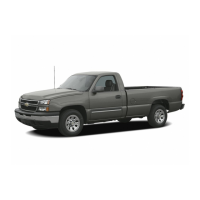


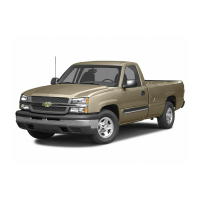
